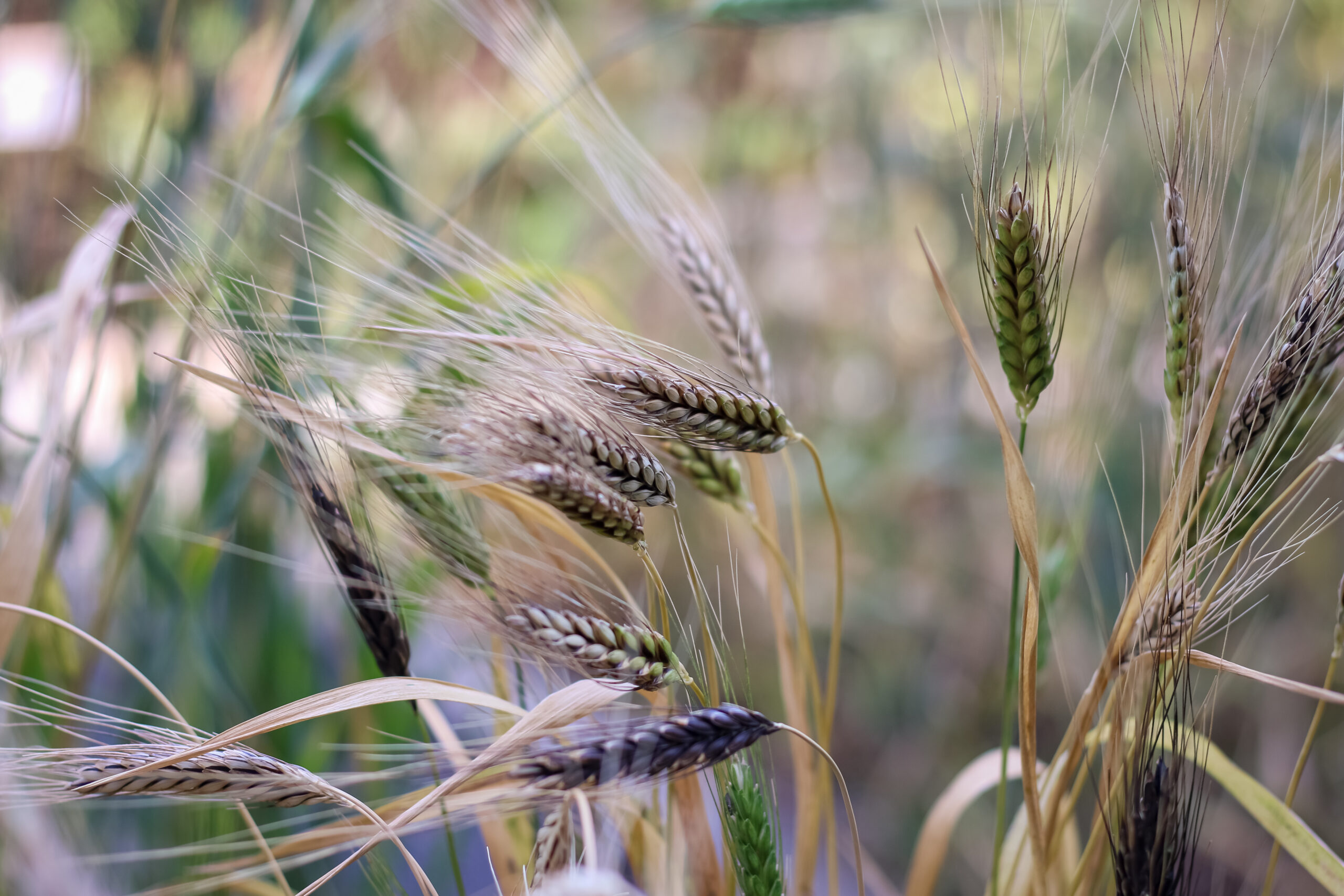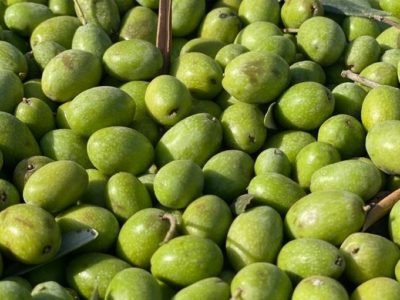The place: The Land of Israel. The time: the 17th century. The land is ruled by the Ottomans, who had conquered it from the Mamluks in 1516. Jerusalem has less than 10,000 residents — Muslims, Jews, and Christians. In the cities, members of different religions and sects consume similar local or imported ingredients, and own similar household items. Differences in lifestyle are mostly affected by social-economic gaps.

Bread played an important role in local nutrition in the 17th century, and all residents consumed grains as part of their diets — but their financial status dictated the types of grains they consumed, the preparation methods they used, and the type of bread they ate. There was poor people’s bread and rich people’s bread.
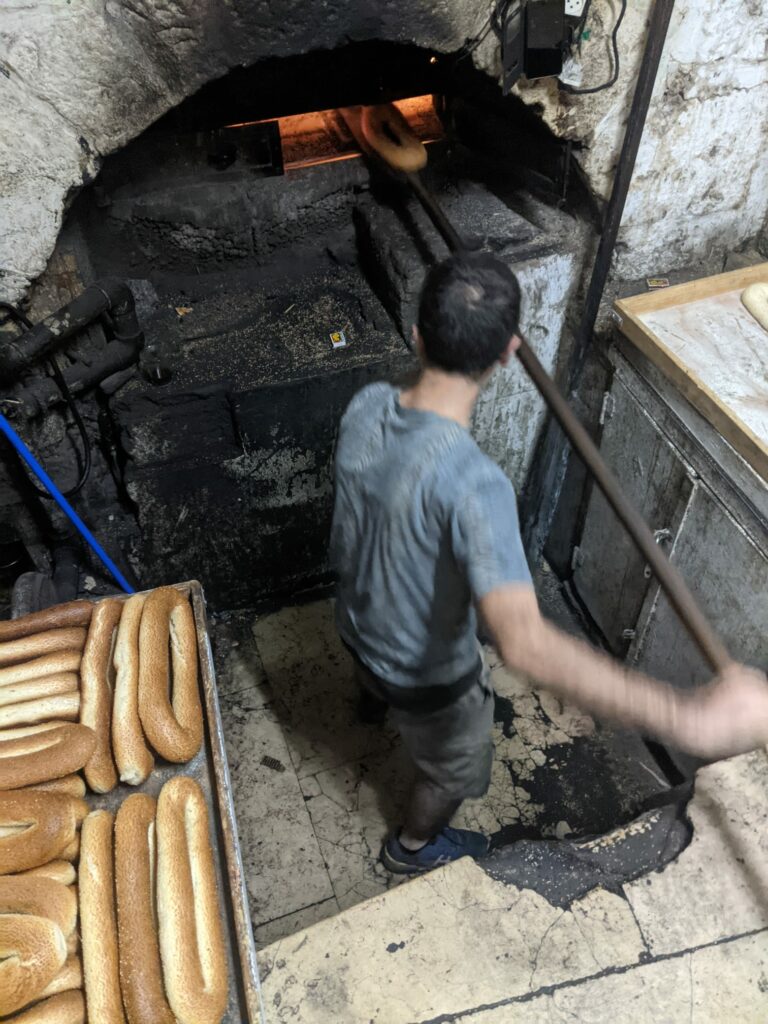

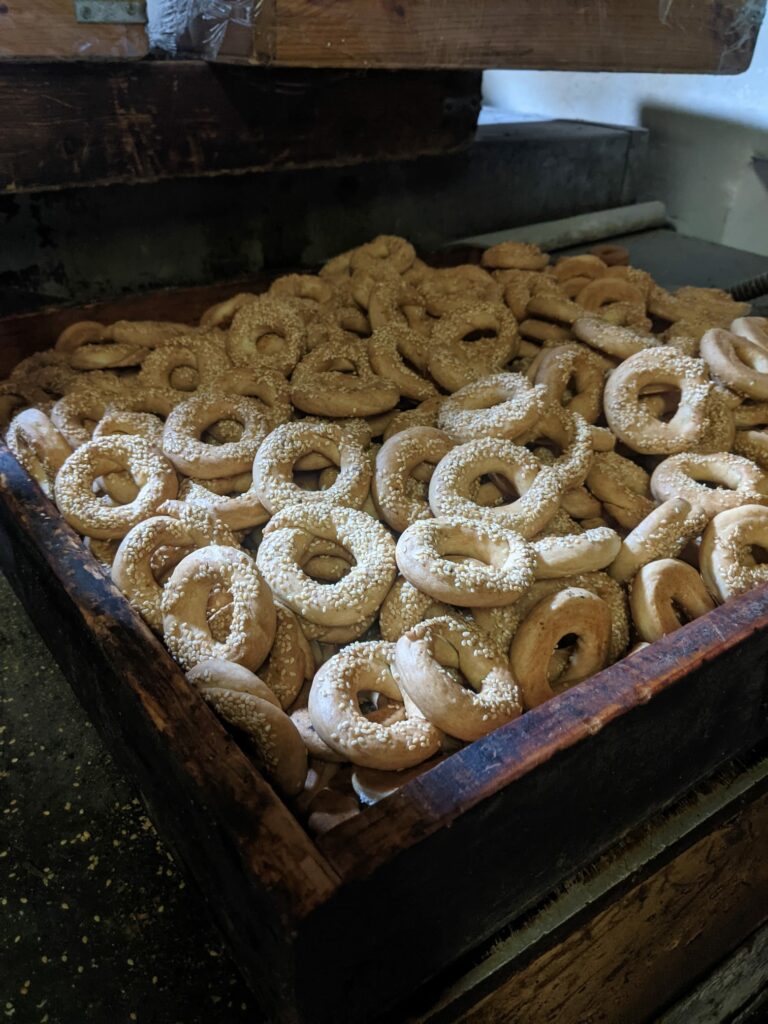
Grains like wheat and barley are frequently referenced in records from the time like those from the Sharia court of Jerusalem. Barley was usually harvested in spring and wheat in summer, when the markets were flooded with fresh produce and prices dropped. In winter, crops were stored in special barns and only a small amount was sold. The quantity also naturally depended on the season and other conditions, such as rain, drought, locusts, and the ability to transport merchandise.
Buying
Wheat and barley grew in various villages and regions, such as the area of Jerusalem, Bethlehem, the counties of Nablus and Gaza, Tiberias, Nazareth, and Akko. Bedouin tribes were another source for cereals and grains. Wheat was also imported: the records of the Sharia court of Jerusalem mention purchasing wheat from Egypt, either because of the superior quality of the grain or to compensate for unusually poor local yields. In bountiful years, however, grains were exported from Palestine to all parts of the Ottoman Empire, for example to Damascus, Egypt, Rhodes, and the Ottoman capital Constantinople (present-day Istanbul).
Some rural farmers brought their grains to urban markets while others sold their crop to wheat merchants who would transport it to the markets and sell it there. The authorities demanded that wheat merchants sell their goods at the “wheat yard,” so they could closely monitor its quality and price, have it weighted by official representatives, and tax the bags.
Grinding
Wheat was ground either manually or mechanically, depending on the buyers’ financial status. Poor women ground their own wheat with a manually operated millstone, while affluent families hired a woman to grind their wheat for them, or brought it to the local miller, who kept a portion of the flour as payment. There were several gristmills in the region: Jerusalem had a number of privately-owned ones, and there are records of gristmill rentals and shared ownerships. They served all of the city’s residents and operated 24 hours a day, seven days a week. Neighborhood gristmills were powered by animal engines — a donkey, a camel, an ox, or an old horse. Rabbi Gedaliah of Siemiatycze (who made aliyah from modern-day Poland in the 17th century) describes the process of cleaning grains from stones, regrinding and sifting:
“Grains are usually ground in the field on the bare soil, for which reason they contain many small stones, as well as waste, and so they must first be cleaned with a sieve, and later the stones are taken out one by one as if counting coins, and then transported to the gristmill, which may be found in each and every street. The grinding is done by horses, and so the flour is ground more than once, and the bran remains together with the flour and semolina, and then it is sieved with two or three sieves, to separate the bran alone and the semolina alone and the flour alone.”
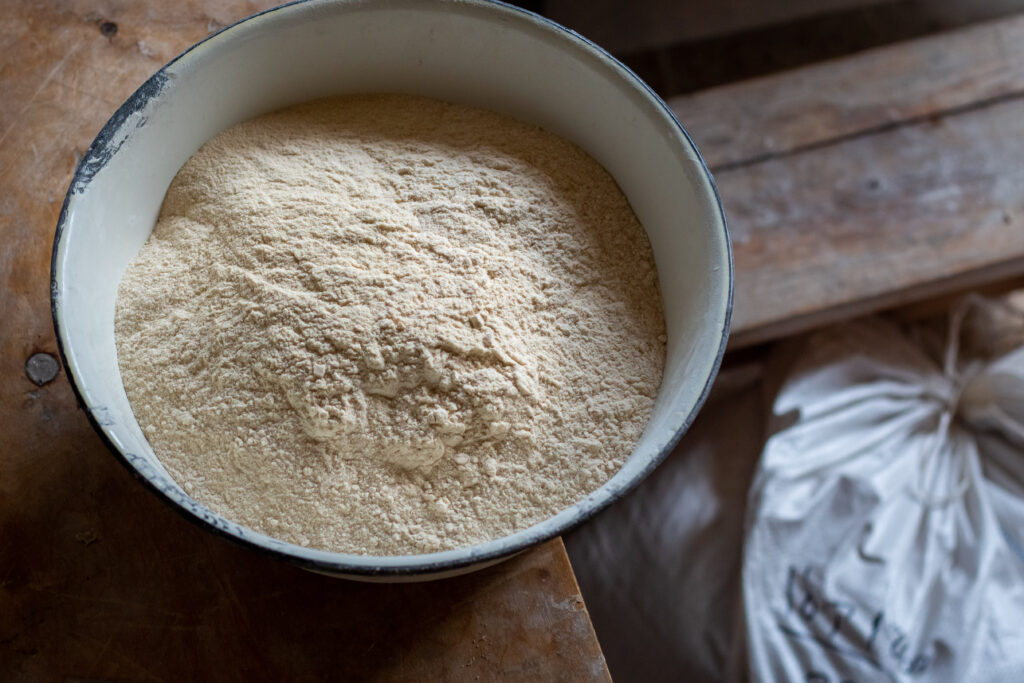
Ground wheat kernels were also used to make semolina, which was then cooked to make various dishes, primarily couscous. In years of drought or when the wheat supply was low, bakers had to settle for cheaper substitutes to make bread, such as chickpeas and sorghum — considered inferior to barley, and clearly to the wheat.
Baking Breads
A variety of breads could be found in the city, depending on the quantity and quality of the local grain supply. These breads differed in taste, quality, and cost, and so catered to a wide range of customers. While today white bread is considered a staple food, in the past it was the privilege of the rich. Bread made from white wheat flour was considered the tastiest and most prestigious bread, and white barley flour was preferred over non-white wheat flour. The city’s poor mostly consumed basic barley flour.

Those who chose to bake their own bread usually did so in the neighborhood’s large commercial ovens, and not in their own home ovens. City dwellers would prepare the dough in advance, bring it to the oven owner, and he would place it in his furnace.
Home baked bread was thicker than the bread sold in markets, as the latter was non-leavened and remained thin and flat, according to this testimony by Gedaliah of Siemiatycze: “When they make bread to sell at the market, they do not make a thick loaf like in other countries, only wafers [or flat cakes], which are sold by the weight. But the homeowner who bakes bread for himself makes it thick like in other lands.” Flatbreads had many advantages over more voluminous loaves: they could be baked in simple ovens, made from simple grains — even beans — and be piled atop one another for easier transport. Thin breads could also be used as a utensil, to scoop up food from a shared plate. In addition, its shelf life could be lengthened by re-baking.

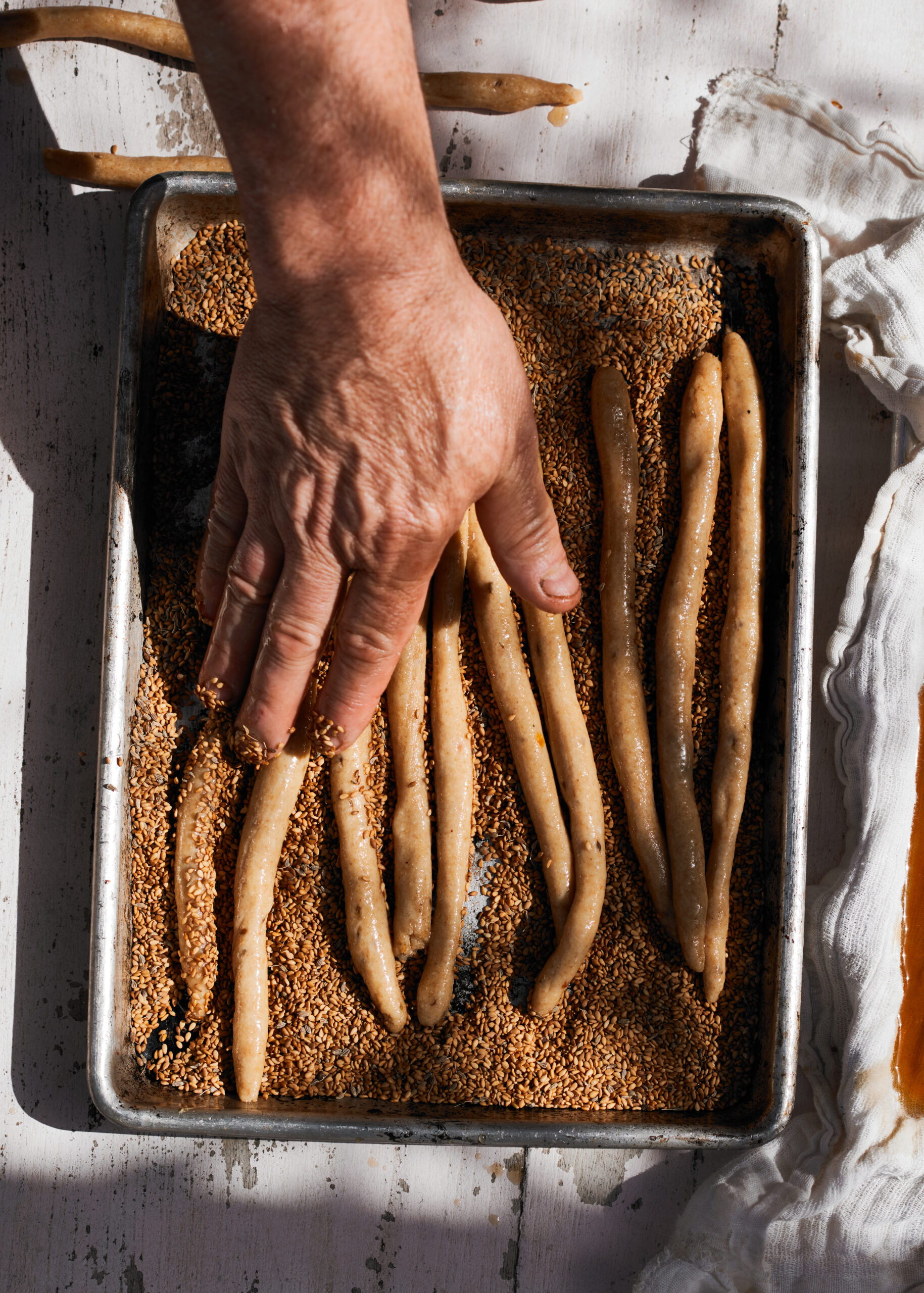
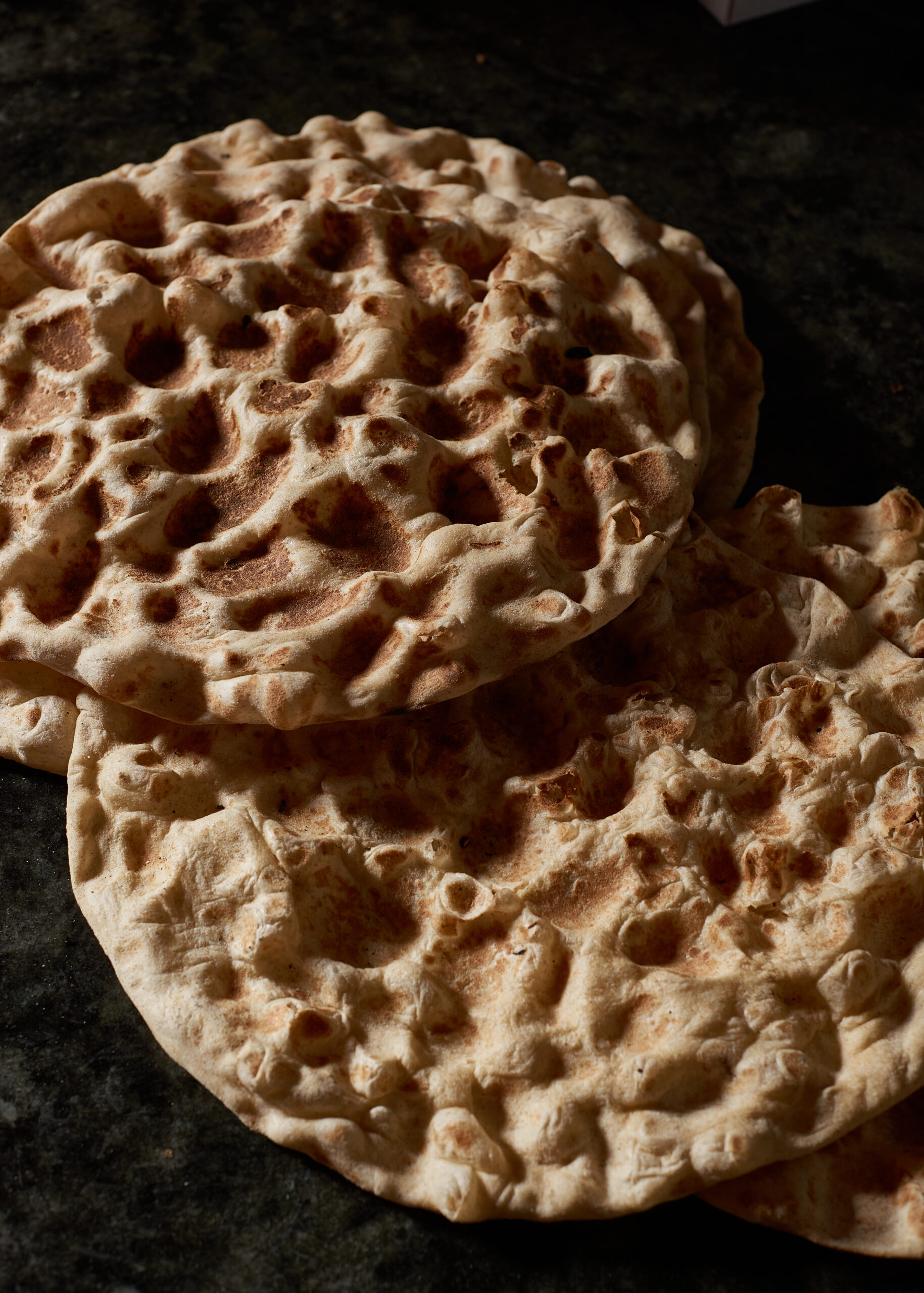
Records by the Muslim court and qāḍī, or judge, of Jerusalem referring to the prices of breads and baked goods tell us about the various kinds of loaves sold in the city in the 17th century like kmaj, which is similar to pita, sesame bagels called ka’ak, and aljerk, which was field with dates, cheese, and herbs.
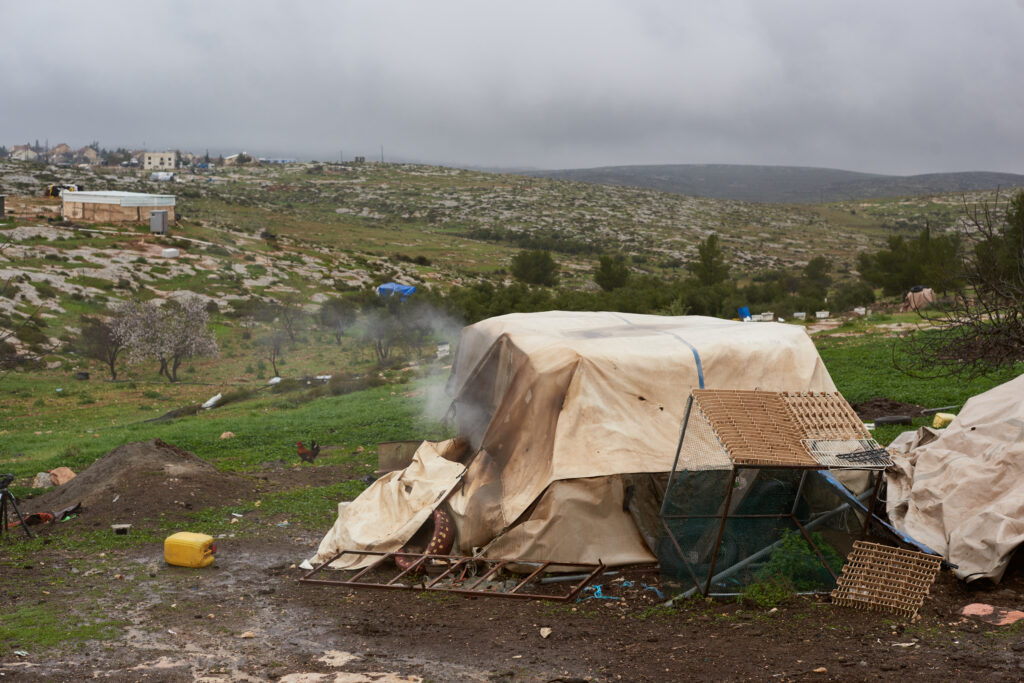
The centrality of bread in the local diet is evident from the multiple mentions in court records, and particularly in the qāḍī’s price records; from the frequent complaints about bakers and bread sellers relating to the bread’s quality, weight and price; and from the frequent mentions of baking-related tools, such as the bread trough — a ceramic tool used to knead the dough and leaven it, frequently discovered in archeological excavations in the region. All of the above testify to the importance of bread, both in the past and in our times.
Shai Vahaba holds a doctorate in Jewish History and Contemporary Jewry from the Hebrew University of Jerusalem, where he also completed the “Revivim” program. He is the director of a middle school in the Zionist Youth Farm village in Jerusalem.
